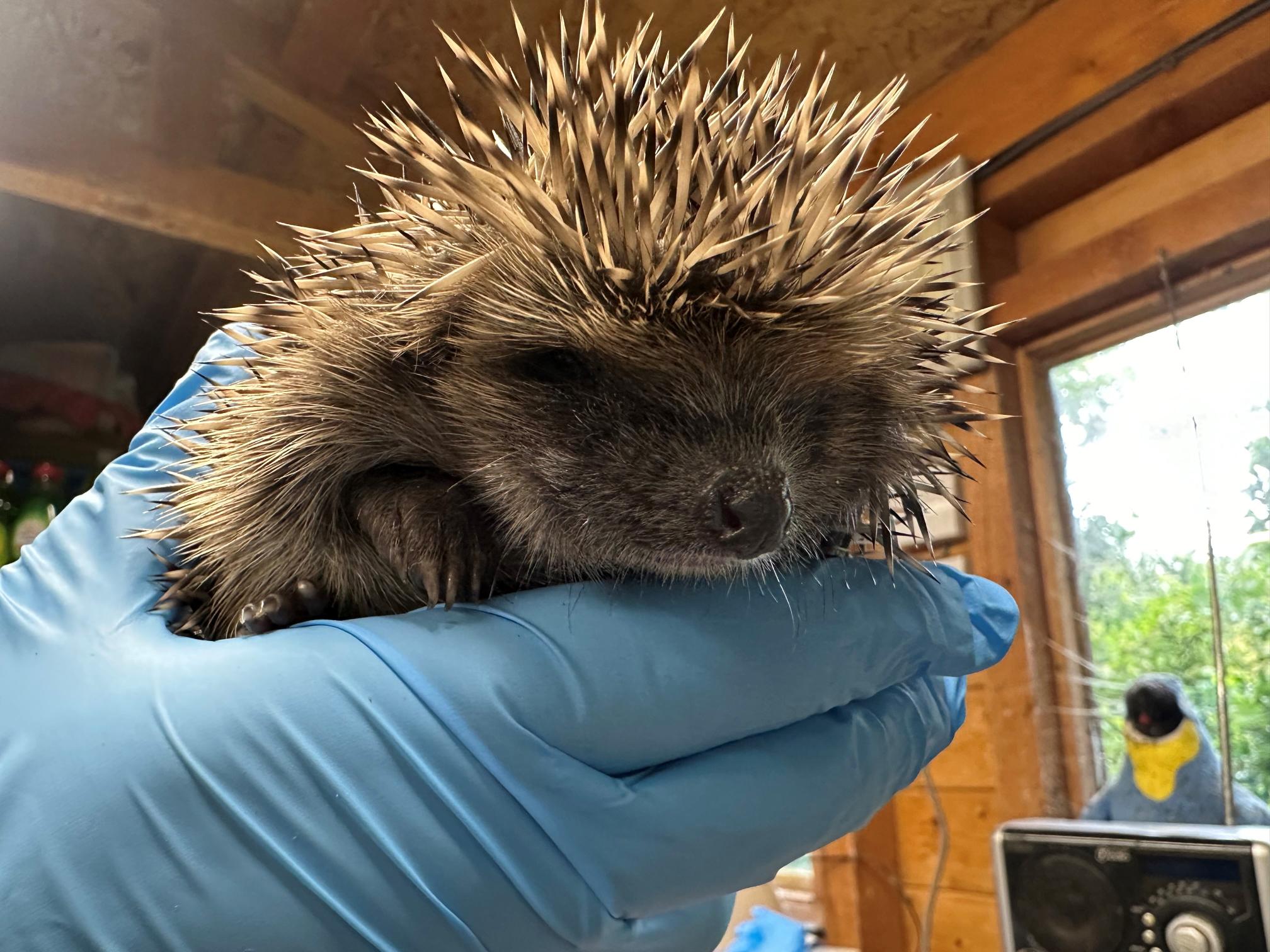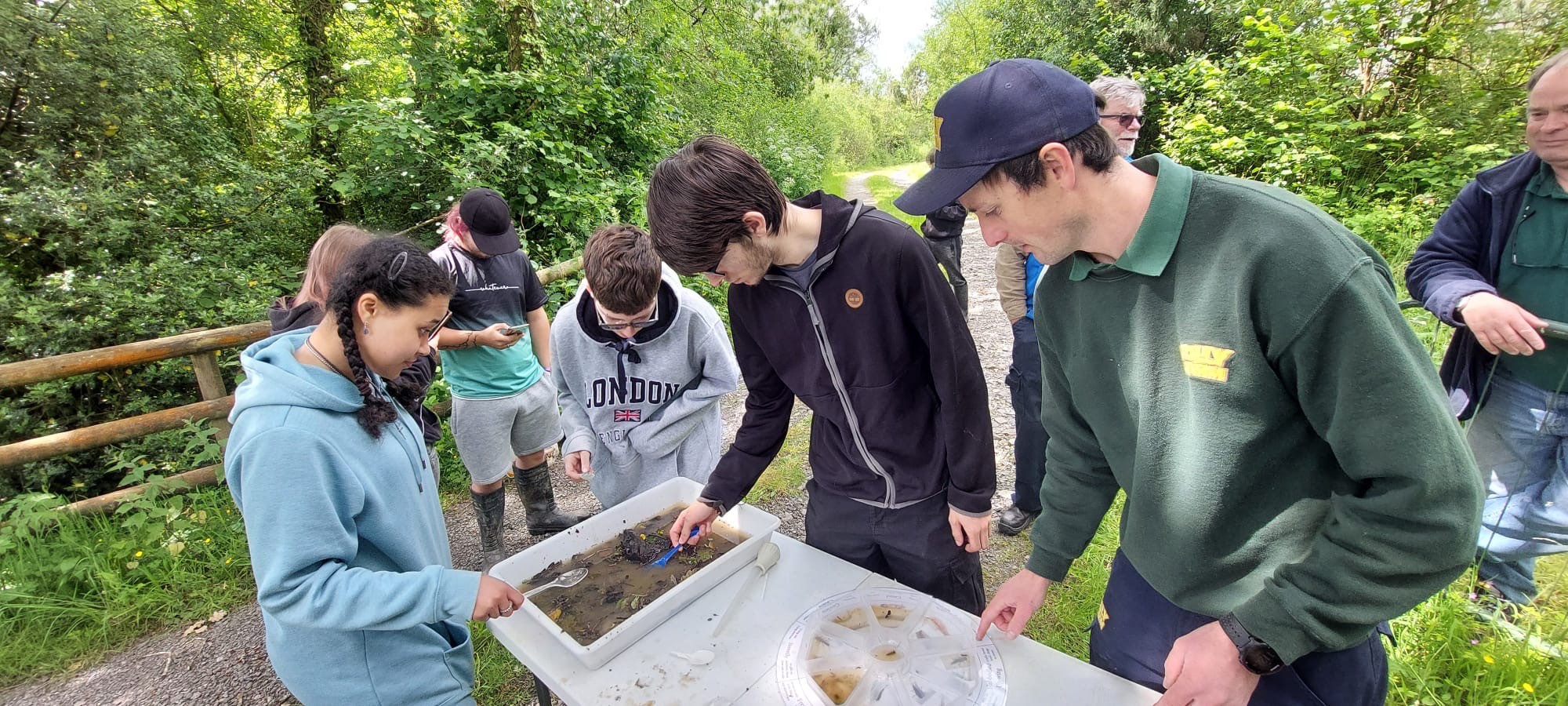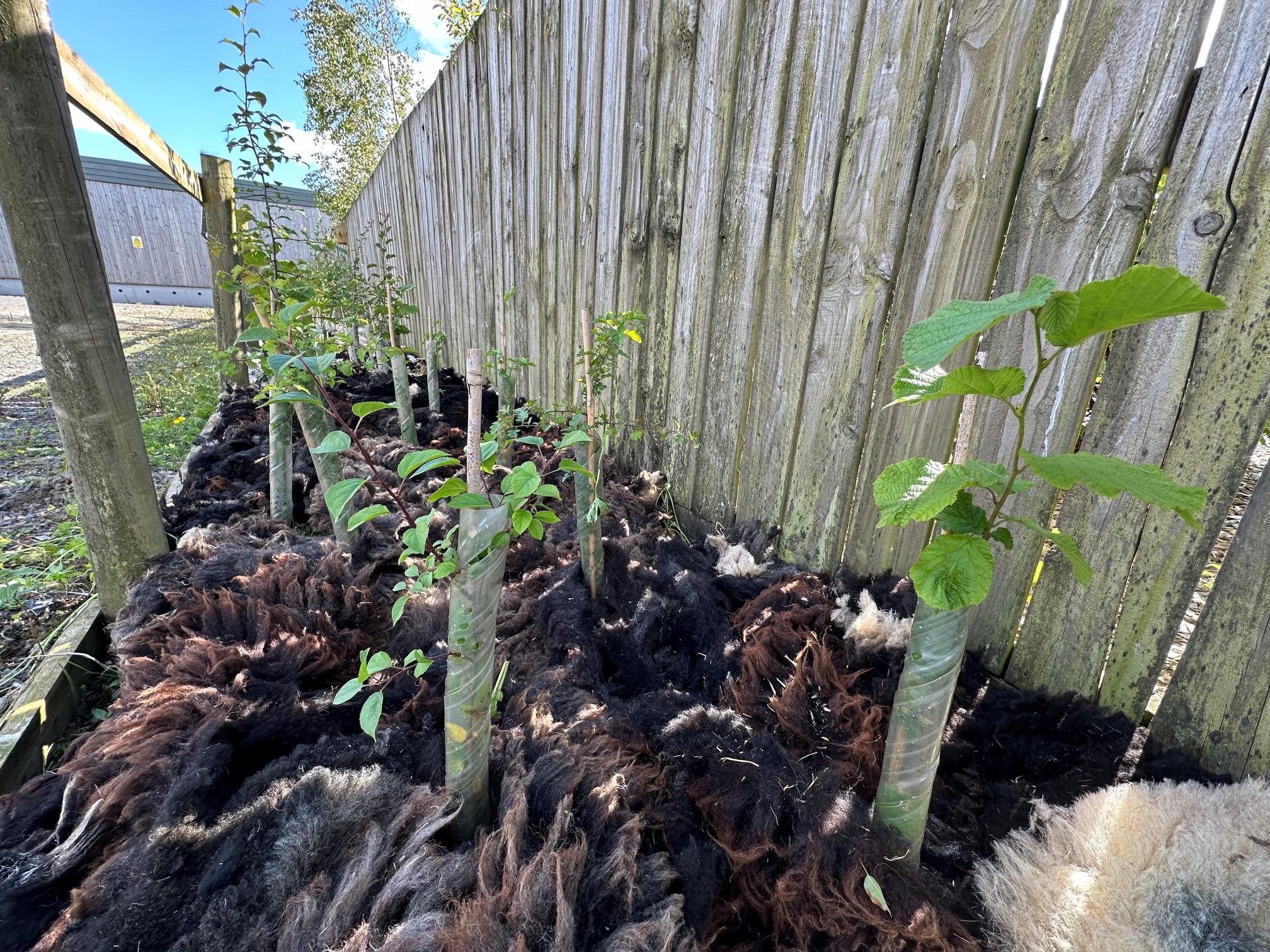Hidden cameras help reveal life on our farm
Our Conservation Officer has been investigating the wildlife that calls Folly Farm home…
Written by Jack Gradidge: Conservation Officer
Over the past two years, I’ve been working hard to try and determine what native wildlife calls Folly Farm home. With around 200 acres in our care, part of my job is to look at ways we can enhance habitats for wildlife. But first we need to know what already lives here.
I make a record of all the wildlife that’s been spotted, including the species, location, date & time. This allows us to identify gaps in the habitats, I will ask myself if there any species missing and ask myself how I can tweak a particular habitat or its management, to allow those missing species to live here and start to thrive.
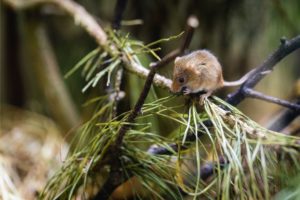
We’ve been monitoring native wildlife and recording what species call Folly home
Last year, we welcomed the West Wales Biodiversity Information Centre and voluntary recorders from around Pembrokeshire, to spend the day here and record what they find. A total of 353 species of plants and animals were recorded, including 159 plants and 78 types of moth! We’re very grateful to the recorders that give up their time to record wildlife.
Sometimes, animals can be hard to spot because of their behaviour or reactions to people, so we have to get inventive to see if they’re around. With help from the Pembrokeshire College Countryside Management students, we made some hedgehog feeding stations. Hedgehogs are a nocturnal animal, meaning they are active at night, so they can be difficult to monitor. The feeding stations were baited with dried cat food (dog food is too big for hedgehogs) and fresh water. The stations were fitted with camera traps to capture activity and set up within our nature trail area.
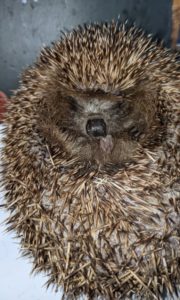
We tried to find creatures like hedgehogs by building feeding stations
After 3 weeks I reviewed the footage and unfortunately during this survey, sadly no hedgehogs were observed. However, the stations attracted a whole host of other small mammals; a great sign that this is a healthy ecosystem. As well as repeating the survey before autumn, I will also improve the habitat for hedgehogs with the addition of hedgehog nesting spots and removal of some fencing to allow them to roam more easily.
The hidden cameras captured voles, wood mice, a brown rat and some (rather cheeky) grey squirrels. I was most excited to discover a European polecat on one of the cameras. Polecats look very similar to a domestic ferret, however they have darker fur especially around their face and chest. They are rarely seen so very little is known about them. This record was sent to the National Polecat Survey that the Vincent Wildlife Trust are currently running. If you see a polecat, be sure to send them your sighting.

A European Polecat was spotted as part of the monitoring
Hedgehog sightings (alive or deceased) can be reported to Hedgehog Street, a campaign to identify where hedgehogs are and where they might need help. You’ll also find some handy hints to become a Hedgehog Champion and help these charismatic creatures in your own areas.

